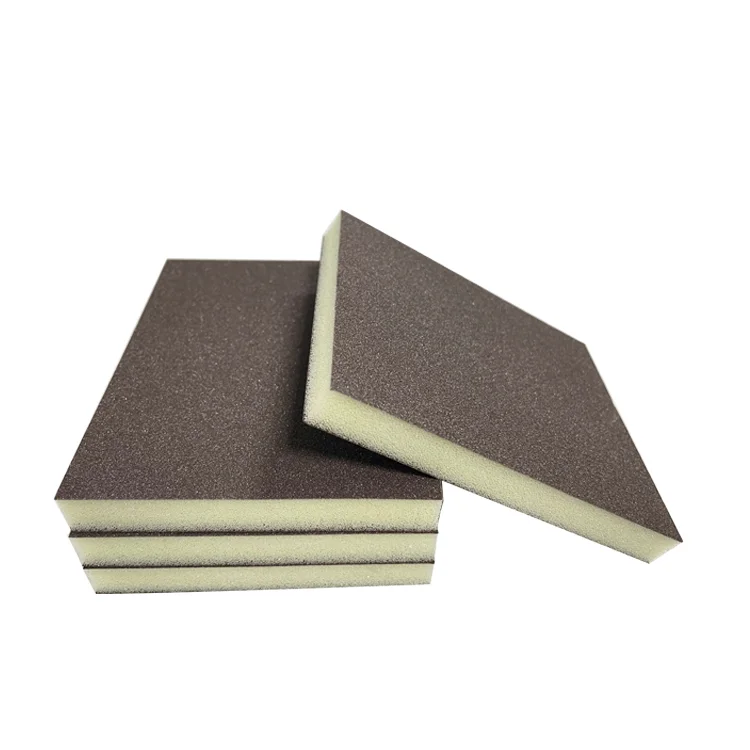In the realm of personal hygiene, few products are as ubiquitous and essential as deodorants. Among the various forms available, spray deodorants have gained immense popularity due to their convenience and effectiveness. But what exactly makes spray deodorants work so well? This article delves into the science behind spray deodorants, exploring their formulation, application methods, and the physiological factors that contribute to their efficacy.
Understanding the Composition of Spray Deodorants
At the core of any effective deodorant is its formulation. Spray deodorants typically consist of a combination of active ingredients, solvents, and propellants. The active ingredients are primarily antimicrobial agents, such as triclosan or alcohol, which target the bacteria responsible for body odor. When sweat is produced, it is largely odorless; however, when it interacts with skin bacteria, it can produce unpleasant smells. By inhibiting bacterial growth, spray deodorants effectively neutralize these odors.
The solvents in spray deodorants, often alcohol-based, serve multiple purposes. They not only dissolve the active ingredients but also facilitate quick evaporation upon application, leaving behind a dry finish. This rapid drying time is crucial for user comfort and ensures that the product does not leave a sticky residue. Additionally, the use of propellants, such as butane or propane, allows for a fine mist application, which enhances coverage and ensures that the product reaches all areas of the skin.
The Mechanism of Action: How Spray Deodorants Work
The effectiveness of spray deodorants can be attributed to their unique mechanism of action. Upon application, the fine mist disperses evenly across the skin, allowing for a larger surface area coverage compared to stick or roll-on deodorants. This ensures that even hard-to-reach areas receive adequate protection against odor.
Once applied, the alcohol in the spray deodorant evaporates quickly, creating a cooling sensation that many users find refreshing. This evaporation process not only helps to dry the skin but also reduces moisture, which is a breeding ground for bacteria. By keeping the skin dry, spray deodorants create an inhospitable environment for odor-causing bacteria, thereby minimizing the likelihood of body odor.
Moreover, many spray deodorants contain additional ingredients such as essential oils or fragrance compounds that provide a pleasant scent. These fragrances can mask any residual odors and contribute to an overall feeling of freshness. However, it is essential to note that while fragrances enhance the user experience, they do not directly combat odor; rather, they serve as a complementary feature.
The Role of User Behavior in Efficacy
While the formulation and mechanism of action are critical, user behavior also plays a significant role in the effectiveness of spray deodorants. Proper application techniques can enhance the product's performance. For optimal results, users should hold the spray can approximately 6-8 inches away from the skin and apply it in a sweeping motion to ensure even distribution. Applying deodorant to clean, dry skin also maximizes its effectiveness, as it allows the active ingredients to work without interference from sweat or dirt.
Additionally, the frequency of application can impact odor control. Many users may benefit from reapplying spray deodorant throughout the day, especially in hot or humid conditions. Understanding one’s body chemistry and adjusting application habits accordingly can lead to improved results.
The Future of Spray Deodorants: Innovations and Trends
As consumer preferences evolve, the deodorant industry is witnessing innovations aimed at enhancing the effectiveness and appeal of spray deodorants. Natural and organic formulations are gaining traction, with brands developing products that utilize plant-based antimicrobial agents and eco-friendly propellants. These alternatives cater to a growing demographic seeking sustainable and skin-friendly options.
Furthermore, advancements in aerosol technology are paving the way for more efficient delivery systems. New formulations may include microencapsulation techniques that allow for prolonged fragrance release, ensuring that users remain fresh throughout the day without the need for frequent reapplication.
Conclusion
In conclusion, the effectiveness of spray deodorants can be attributed to their scientifically formulated compositions, efficient application methods, and user behaviors. By understanding the underlying mechanisms and making informed choices about application techniques and product selection, consumers can maximize the benefits of spray deodorants. As the industry continues to innovate, we can expect even more effective and sustainable options to emerge, ensuring that personal hygiene remains both convenient and effective. Whether you’re an athlete, a busy professional, or someone simply looking to stay fresh throughout the day, spray deodorants offer a reliable solution for odor control.



